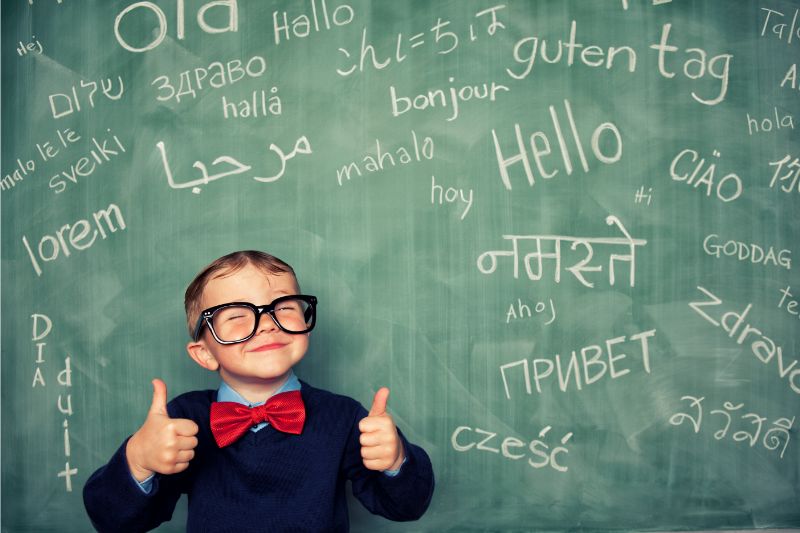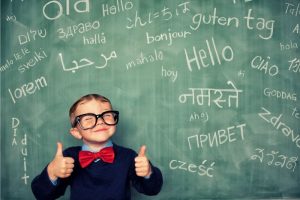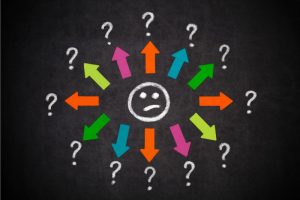Often we put learning a language and becoming fluent on a pedestal. We view it as a gift and magical power reserved for diplomats or famous movie stars.
Many people believe that bilingualism is out of reach for them and that they can’t learn languages; however, they have overlooked one obvious fact: they have already learned a language.
The use of one’s native language is usually taken for granted because it feels as natural as breathing. It’s easy to forget that we all came into this world without knowing any languages but have still managed to learn at least one.
Remembering that we all have already been through the language learning process, it’s time to revisit how that process may have looked. So how do children easily learn their first language, and how does that impact our ability to learn new ones easily?
How Do Children Learn Languages?
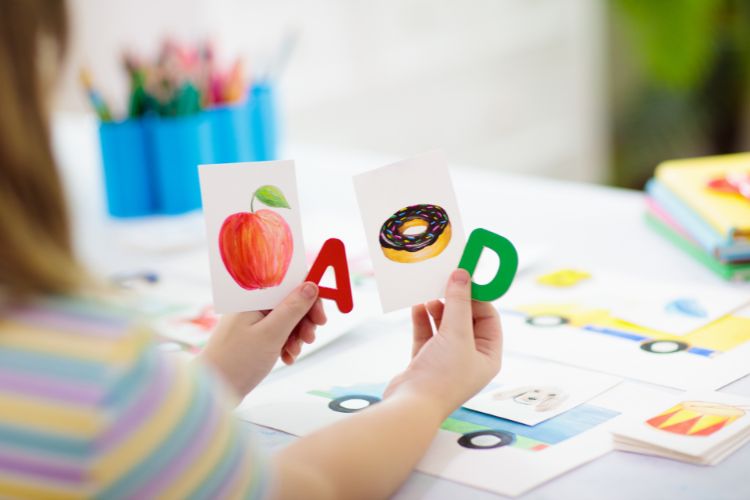
Children acquire languages subconsciously. They pay no attention to grammatical rules or memorization. Instead, children acquire a language by using it, typically in play.
So how do children learn language structures that are often presented in chapter after chapter of language textbooks? They get a general understanding of the language by using it repeatedly. They repeat what they hear, which results in practice.
For children, language is about necessity. Without it, they can’t get what they want. A child knows a cookie is delicious, so they will do whatever they can to get it. When they figure out that uttering the word “cookie” gets them a delicious cookie, they’ll store that information away so that they can get that reward again and again.
So, over time, they avoid what is incorrect and communicate effectively at higher levels.
Most people have the memory and experience of trying to learn a language in a classroom setting. The focus is more on the rules and speaking “correctly”.
Students study the language. After a while, they’re tested on it repeatedly. This puts stress and pressure on the learner to perform well, as mistakes are often punished with bad grades.
On the other hand, children aren’t mentally prepared to understand the functions of language at this level. Instead, they play with the language, and as a result, they more easily acquire the language.
There are no looming threats of bad grades and adults being upset by the bad grades; rather, children are often met with rewards for language acquisition, such as the aforementioned cookie or a warm hug when they say “I love you” to a parent. Learning through play is more fun and more effective than learning any other way.
Language Learning Is a Natural Process
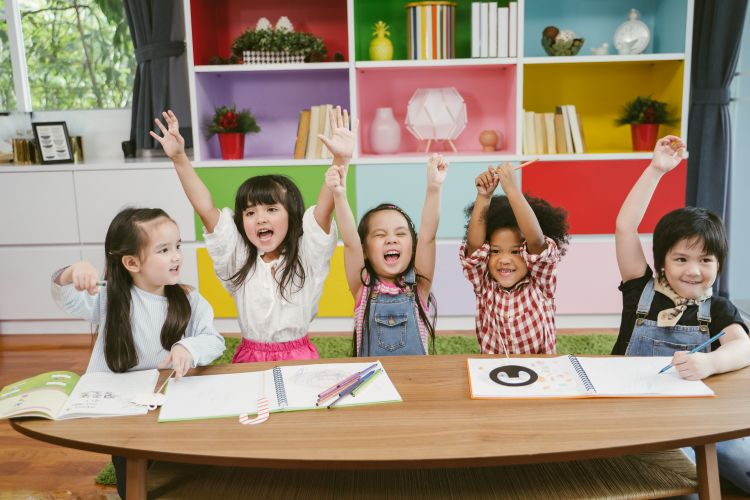
It’s important to remember that language learning is a natural process.
My parents learned to speak Circassian without opening a book or entering a classroom. They are functionally illiterate in their ethnic language. Yet, they speak it with the ease that I dream of one day achieving. My parents, like many human beings, learned their languages naturally.
Natural language learning is how everyone learns to speak their first language and how people who grow up in a bilingual household learn their first two languages. You listen to how the people around you speak, and your brain notices the speech’s context, tone, grammar, and flow.
There’s no urgency or set timeline in this setting. It’s making small observations regularly throughout the day and practicing those observations. This is how the brain learns language as efficiently and effectively as possible.
However, learning a second language in a classroom does not come easily or naturally. This is because most classroom learning focuses on complicated grammar rules, memory drills, and verb conjugation tests. This isn’t a natural way to learn. Trying to learn a second or third language that way is difficult, frustrating, and loathsome.

Fortunately, natural language learning is a way to learn another language without getting annoyed or bored with the process.
This is where I ask you to take one more leap and join me in being a little lazy. I’m asking you to spend less time studying your language and learning (or acquiring) it more.
You’re now empowered with the knowledge that (1) you’ve already learned a language! You did it once; now do it again. And (2) infants are the ones learning languages. They can’t do even half of the things you can do, yet they muster through the process with a fearless and hopeful spirit. If this infant, who needs help tying their shoes and getting dressed, can learn a language, so can you.
Check out some of the courses on OptiLingo to see the way that I’ve developed courses so that you can learn a language naturally and with ease.

